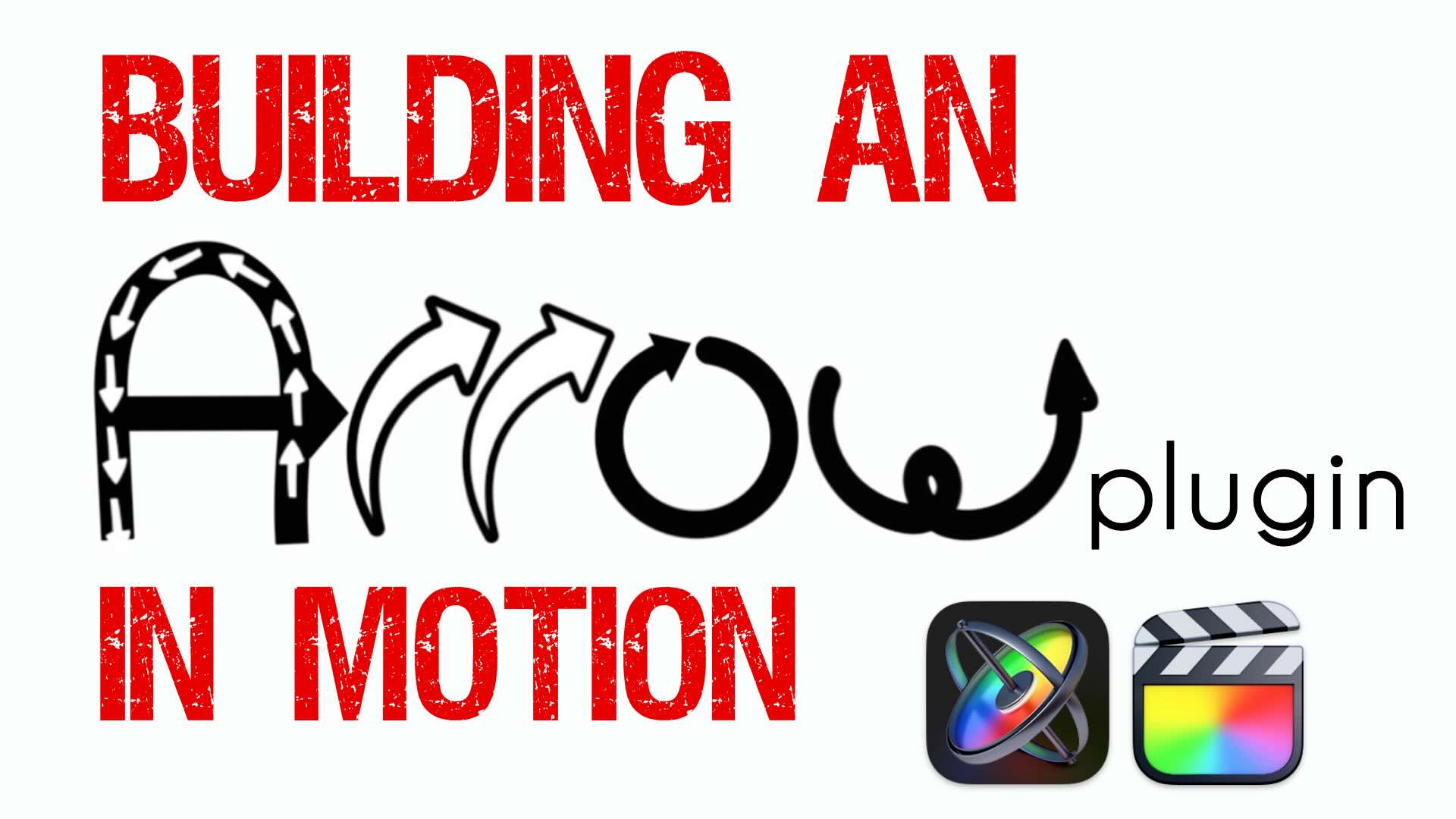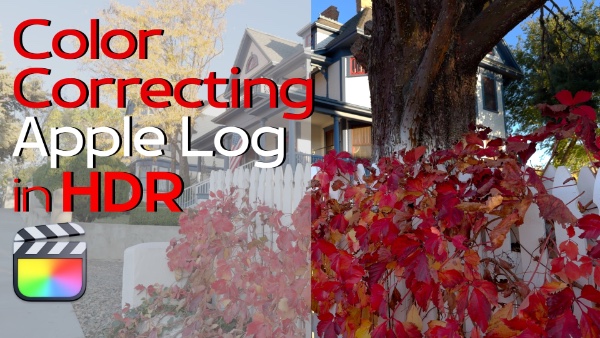Using Secondary Storylines in Final Cut Pro X
Editing a film often requires experimenting with shot order and other editorial decisions.
Final Cut Pro X’s Secondary Storylines are a great tool for creating alternate edits that keep your Primary Storyline intact.
You’ll also learn a great tip for using Sub-Roles for previewing versions of your cut.
Welcome to Final Cut Pro X in Under 5 Minutes, I’m Steve, from Rippletraining.com. Often when working on a short film or commercial, I want to create an alternate cut in a section of the timeline that I’m working on. In this episode, I want to show you how you might use Final Cut Pro’s Secondary Storyline feature, for just this purpose. In this timeline, I have my basic story and timing all worked out for my commercial. When reviewing my edit with my good friend Abba, he was a unclear who the story was about given the order of the first few shots. His point was that the boy should wave first, in order to get the girl’s attention. Thus, making the story more about him, than about her. Now I could make some simple changes, right here, in the primary storyline, but I would like to alter the edit without affecting my first cut. With my playhead parked at the beginning of the timeline, I’ll select these first four clips, and press Command-C to copy them. Then I’ll press Option-V, to paste them as connected clips at the current playhead location. Each of these clips is a separate connected clip, as indicated by the connection line, at the head of each clip. In order to give me more flexibility during the edit, I’m going to group these clips into what Final Cut Pro calls a Connected Storyline. Select all of the clips, and press Command-G. This places all the clips into a single container. By clicking and dragging on the grey bar, called the shelf, all the clips within it move as a unit. Also, notice that there is now only one connection line, instead of four. The thing about a connected story line, is that it behaves exactly like the primary storyline it’s connected to. This means I can do things like swap the clip order, and use the trimming tool to adjust the edit points, all without effecting the timing of my original cut. If I wanted to create a version where the last shot fades into the next scene, I just select the edge of the storyline, and press Command-T, to add a dissolve. Then trim the connected storyline over the next shot. In this version, the boy waves first to get the girl’s attention. Now, here’s another really useful tip: Using roles, I can quickly create a way to toggle my alternate cut, on or off, using the timeline index. From the Modify menu, I’ll choose Edit Roles. I’ll create a Video Sub-Role, and name it Alternate Cut. In the timeline, I’ll select the clips in the connected storyline, and assign this sub-role to them. Pressing Command-Shift-2 to open the timeline index, and selecting Roles, I can now easily disable all the clips in the connected story line by clicking this check box. This immediately disables all the clips, allowing me to see my original cut. When I want to see my alternate cut, I just enable the sub-role.





